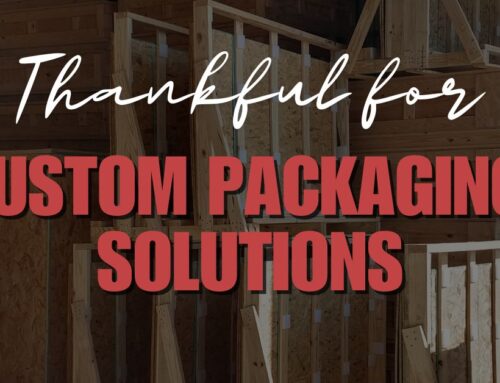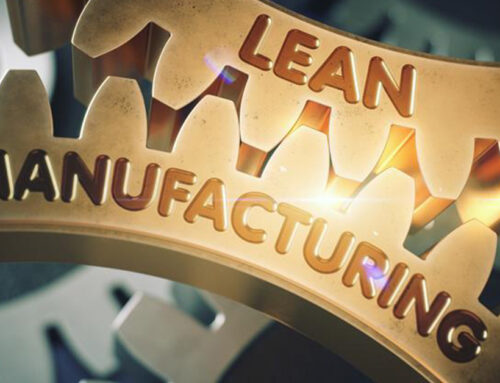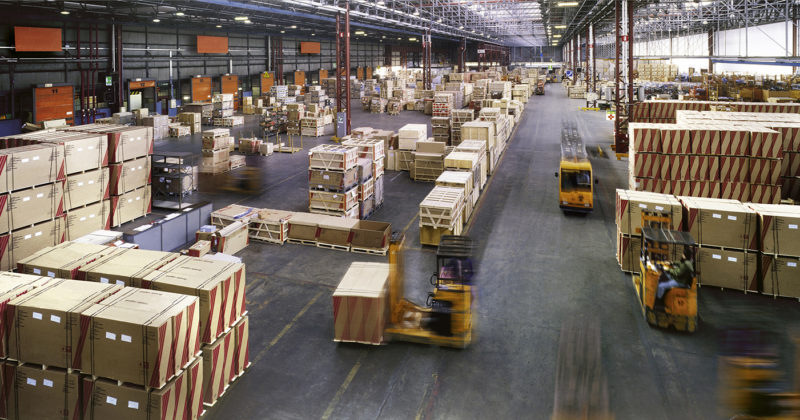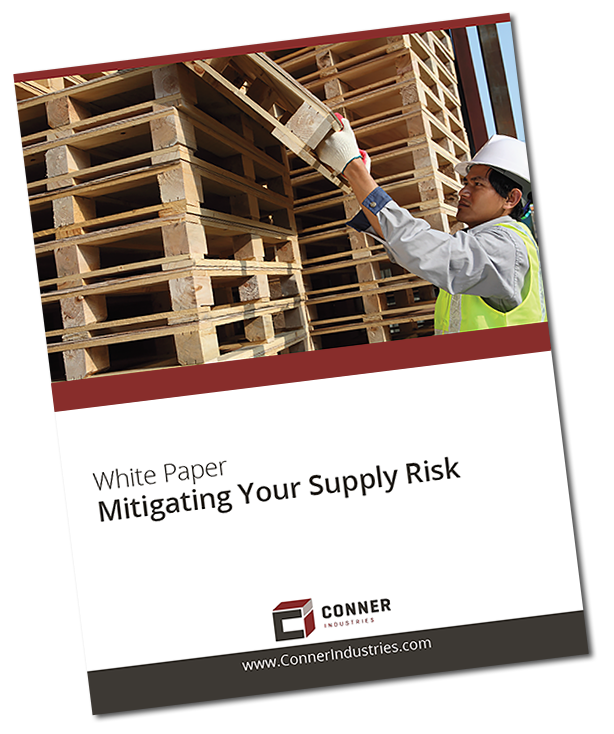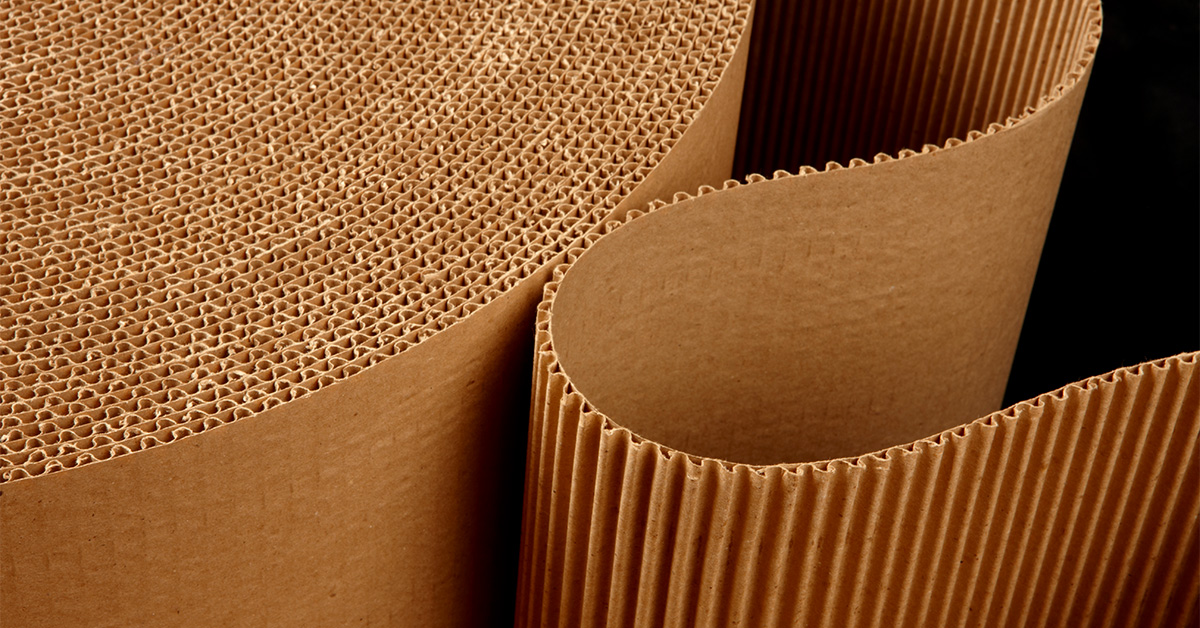
The Great Role of Corrugated Cardboard: 3 Ways to Enhance Packaging
Many industries rely on wood packaging to facilitate the movement of goods worldwide. While wood traditionally dominates this sector, an unsung hero, corrugated cardboard, plays a pivotal supporting role. In this article we will delve into the significance of corrugated cardboard in industrial packaging for wood products, emphasizing its versatility, cost-effectiveness, and effectiveness.
Understanding Corrugated Cardboard
When people think of corrugated cardboard, they usually think of boxes and packaging right away. But believe it or not, corrugated cardboard has not always been used for packaging. It was originally patented in England in 1856, to be used as a liner for tall hats. Corrugated carboard boxes were not patented and used as shipping material until 1871. Since then, it has become a staple in most major packaging processes.
Corrugated cardboard is composed of three layers – an inside liner, an outside liner, and an inner layer. The raw material used is different grades of paper, which is why it is a great sustainable option. In addition, the inventors of this material were aware that a curve is the strongest way to use the space within the boards. These arches are known as flutes and, when anchored to the board, they resist bending and pressure from every direction. This allows it to deliver exceptional strength and durability while remaining lightweight and flexible.
Benefits of Corrugated Cardboard in Industrial Packaging
Versatility
Corrugate’s versatility is one of the biggest reasons why it is used so frequently. Its adaptability allows for tailored packaging solutions to fit your unique needs and works perfectly with wood packaging to create the safest transportation packaging on the market. In-transit damage can be greatly reduced because it can be fitted to your product’s exact dimensions. Wood packaging is made better with the use of corrugated cardboard.
Cost-Effectiveness
As a cost-efficient alternative to pricier packaging materials, corrugated cardboard significantly reduces overall packaging expenses in the transportation packaging industry. Its affordability makes it a convenient and readily available option for manufacturers everywhere.
Lightweight Nature
Unlike other packaging materials, corrugated cardboard is very lightweight. This property trims down shipping weights, cutting transportation costs and enhancing handling efficiency. Workers are able to move the packaging easier, which in turn optimizes logistics.
Sustainability
Crafted from recycled paper and highly recyclable itself, corrugated cardboard aligns with eco-conscious values, mitigating the environmental impact associated with other packaging materials. Corrugate can easily be reused or recycled after use.
3 Ways Corrugated Cardboard Enhances Wood Packaging
In addition to providing structural support, corrugated cardboard enhances protection during transportation:
1. Shock Absorption and Cushioning
Its inner fluted layer dampens impacts and vibrations, safeguarding wood products from potential damage.
2. Customized Fit
Flexibility and customization enable precise fitting around products. This customization minimizes movement within packaging and reduces friction during transit. This can lead to better product protection on the bumpiest of roads.
3. Moisture Resistance
Treated or coated to resist moisture, corrugated cardboard mitigates the risk of moisture damage during transit, particularly in damp or humid conditions.
Innovations Driving Corrugated Cardboard’s Future
As the wood packaging industry evolves to meet sustainability and efficiency demands, corrugate stands poised for greater prominence. Advancements in coatings, custom printing, and sustainability practices promise a bright future for corrugate in wood packaging:
Advanced Coatings
Advanced coating is leading to enhanced resistance to moisture, UV radiation, and environmental factors. This will make it stronger and even more protective of products during transportation.
Innovative Designs
Creative solutions maximizing protective capabilities while minimizing waste. Including branding, handling instructions, and safety information improve functionality. At Conner, we have a team of talented designers that are always looking to improve functionality of materials used while not tanking the budget.
Striving for Sustainability
As stated above, corrugate is often made from recycled materials, which makes it an easy, sustainable choice for manufacturers. After use, it can be reused or recycled again!
Circular Economy Integration
Manufacturers are exploring ways to integrate it fully into circular economy models, promoting reducing, recycling, and repurposing materials.
To Wrap It Up
Corrugated cardboard emerges as a cornerstone in industrial packaging for wood products, offering customization, cost-effectiveness, and superior protection. As the industry adapts to changing demands, corrugated cardboard’s role is set to expand, reaffirming its status as a great packaging solution.
At Conner Packaging, we understand how important it is to get products to their destination safely, while finding ways to reduce your total packaging costs. Corrugate is a tool that we use in our Integrated Packaging Division to find the most efficient packaging solutions for your business. Don’t worry about if you are getting the right packaging, work with an expert today!

![[PRESS RELEASE] Conner Industries Expands Integrated Packaging Division with Acquisition of Kirkland Sales Inc.](https://connerpackaging.b-cdn.net/wp-content/uploads/2024/05/Foam-Page-Featured-500x383.jpg)

